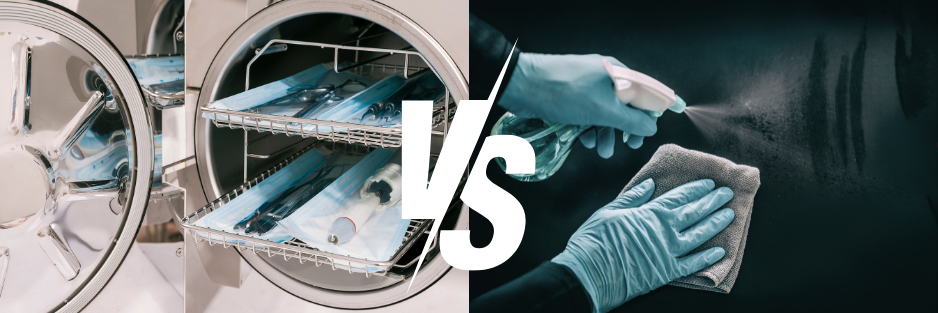
Ensuring effective disinfection in healthcare settings is fundamental to safeguarding patient safety, reducing infection spread, and upholding hygiene standards. In Australia, the Health and Safety Commission provides detailed guidelines and regulations to assist healthcare facilities in implementing comprehensive disinfection protocols.
Why Disinfection is Critical in Healthcare
In healthcare settings, the risk of infection is significantly heightened for immune-compromised patients. Hospitals are environments where the concentration of infectious agents is high due to the presence of various pathogens. Patients with weakened immune systems, such as those undergoing chemotherapy, organ transplants, or with chronic illnesses, are especially vulnerable. As a result, healthcare facilities must employ rigorous disinfection practices to prevent the spread of healthcare-associated infections (HAIs). Effective disinfection practices are essential for maintaining a clean, safe environment that protects patients and healthcare professionals.
Disinfection vs. Sterilisation: Key Differences

Understanding the difference between disinfection and sterilisation is crucial for applying the correct protocols:
- Disinfection involves removing most pathogenic microorganisms, excluding bacterial spores, from surfaces and inanimate objects. This process is typically employed on items and surfaces that come into contact with intact skin, such as countertops and medical equipment.
- Sterilisation is a more rigorous process that eradicates all microorganisms, including bacterial spores. Sterilisation is essential for items that come into contact with sterile body areas, such as surgical instruments and specific medical devices.
By understanding these distinctions, healthcare facilities can ensure that appropriate methods are applied based on the nature of the item or surface and its intended use.
Disinfection Guidelines for Healthcare Settings
Healthcare workers and support staff must follow disinfection protocols in healthcare environments to prevent the spread of infections. The frequency and cleaning methods can vary depending on the type of surface and its level of contact with patients and staff.
Frequently Touched Surfaces such as door handles, light switches, taps, handrails, and patient equipment are high-touch areas that require rigorous disinfection. These surfaces require cleaning multiple times daily, disinfecting after each patient’s use, and immediately after contamination with bodily fluids to prevent the transmission of pathogens.
Minimally Touched Surfaces, including floors, walls, and administrative areas, generally require less frequent disinfection. These surfaces require cleaning daily or according to the facility’s cleaning schedule. They also require disinfecting immediately after spills or contamination with blood, body fluids, and germs. This maintains hygiene and prevents potential infection outbreaks.
These disinfection practices ensure a safer environment for patients and healthcare professionals. Reducing the risk of healthcare-associated infections and promoting overall health and safety.
